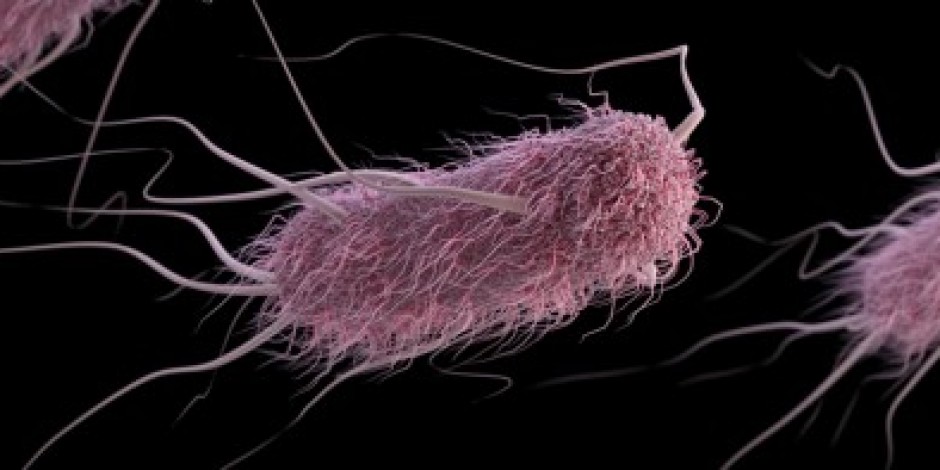
The persistence of the agents that cause diarrhoea, pneumonia, and septicaemia in the environment is the major reason for outbreaks of newborn animal problems on the dairy. Usually, the source of infection is faeces (diarrhoea and septicaemia)—from normal adult cows in shared housing and newborn animals that are non-immune shedders—or aerosol (respiratory disease pathogens). Occasionally, water, feeding utensils, rodents, birds, pets, or people can be the source of infection for newborn animals. Depending on the time of onset of disease, the most likely source of infection can be identified. Problems that occur within 5 days of birth usually have their source as the dam or the calving environment. After 7 days of age, problems develop from a source in the newborn animal environment. If the source of infection can be identified, it can be diluted or bypassed, using one of these strategies:
- Ventilation
- Bedding changes
- Sunlight
- Freezing
- Disinfectants
- Time between occupancy
- Space between occupants
- Change calving areas
- Change location of hutches or new-born animal housing
- Eliminate overcrowding